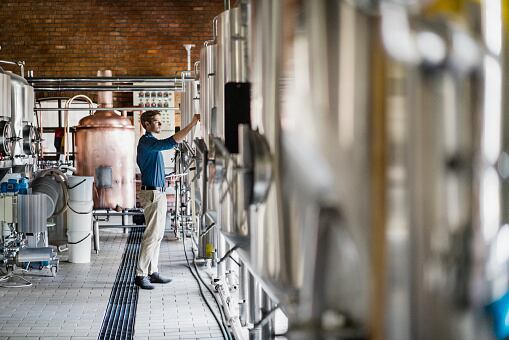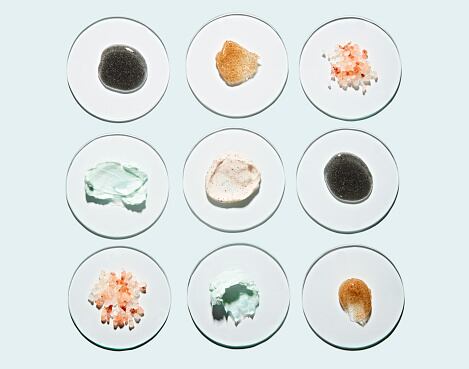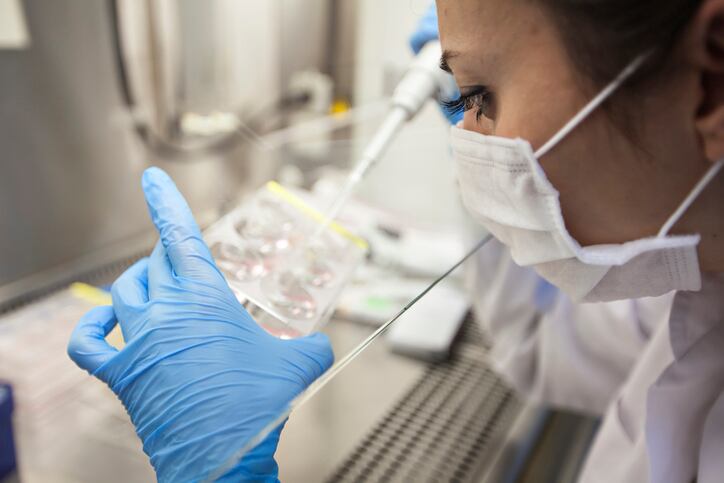The Italian research team, Censi et al, set out to determine the phenol level and antioxidant activity of the by-product of multiple types of craft beer and evaluated the impacts of beer-waste extracts on human keratinocytes to demonstrate what uses they could have in cosmetics.
As craft beers have risen in popularity in the US and Europe, the research team said the unpasteurized and non-filtered nature of the product presents a unique opportunity to derive personal care ingredients.
“Thus, the evaluation of antioxidants in the waste products from beer production may be of great importance if one considers the rapid growth of the craft beer market worldwide,” the paper said. “The exploitation of brewery by-products to develop health products such as cosmetics and/or supplements would help increase the sustainability of beer production.”
Previous research studies phenol and antioxidant activity in beer
The research team said previous researchers have measured both the level of phenol compounds and antioxidant activities in commercial beers and found two phenolic compounds, gallic and ferulic acid, were common, determined the antioxidant activity of different types and brands of beer, and evaluated those metrics at different steps of brewing.
Craft beers are non-filtered and unpasteurized combinations of water, malt, hops and yeast, with no brewing additives, and generally avoid citric acid, which can reduce product oxidation, or other additives like aroma, sugars, flavors and juices in the production process.
The beer used by the research team was a simple water, malt, hop and yeast brew.
According to the paper, brewing starts with a mixture of water and malt, then moves to a filtration step during which spent malt is removed, then hops are added during the boiling process.
After the hops are boiled, the beer cools and settles, at which time spent hops are removed. Then fermentation begins with the addition of yeast, which is removed at the end of that step before maturation and a finished product.
One of the goals of the research team was to measure phenol and antioxidants at each step of this process and in the waste product, using different extraction methods.
With different ethanol and water extraction methods, the team did find non-negligible phenol levels, particularly for yeast waste extracted in water. They also found that spent yeast had higher antioxidant activity levels than starting yeast.
Promising impacts of waste extract for anti-aging
Using spent extracts recovered from Alter brewery, the researchers tested spent malt, hop and yeast extracts on keratinocyte cells. While aging is a complex compress, Censi et al said mitochondrial dysfunction and oxidative stress are key factors and improving them may be a strategy for anti-aging ingredients.
They found treatments of spent hops and yeast extract “significantly recovered mitochondrial activity, suggesting their ability to support the mechanisms of cellular nutrition.”
Additionally, all three extracts counteracted hydrogen peroxide action and showed significantly reduced reactive oxygen species, which were the measure of effective antioxidant activity for the researchers.
“This study shows the anti-aging effects of waste products from handcrafted beers in human keratinocyte cells, suggesting their potential use as ingredients for the preparation of cosmetics,” Censi et al said. “Future studies will be devoted to the study and development of new, finished cosmetic formulations from beer by-products in order to investigate their possible industrial cosmetic use.”
Source: Cosmetics
2021, 8(4), 96; https://doi.org/10.3390/cosmetics8040096
New Antioxidant Ingredients from Brewery By-Products for Cosmetic Formulations
Authors: R Censis et al




